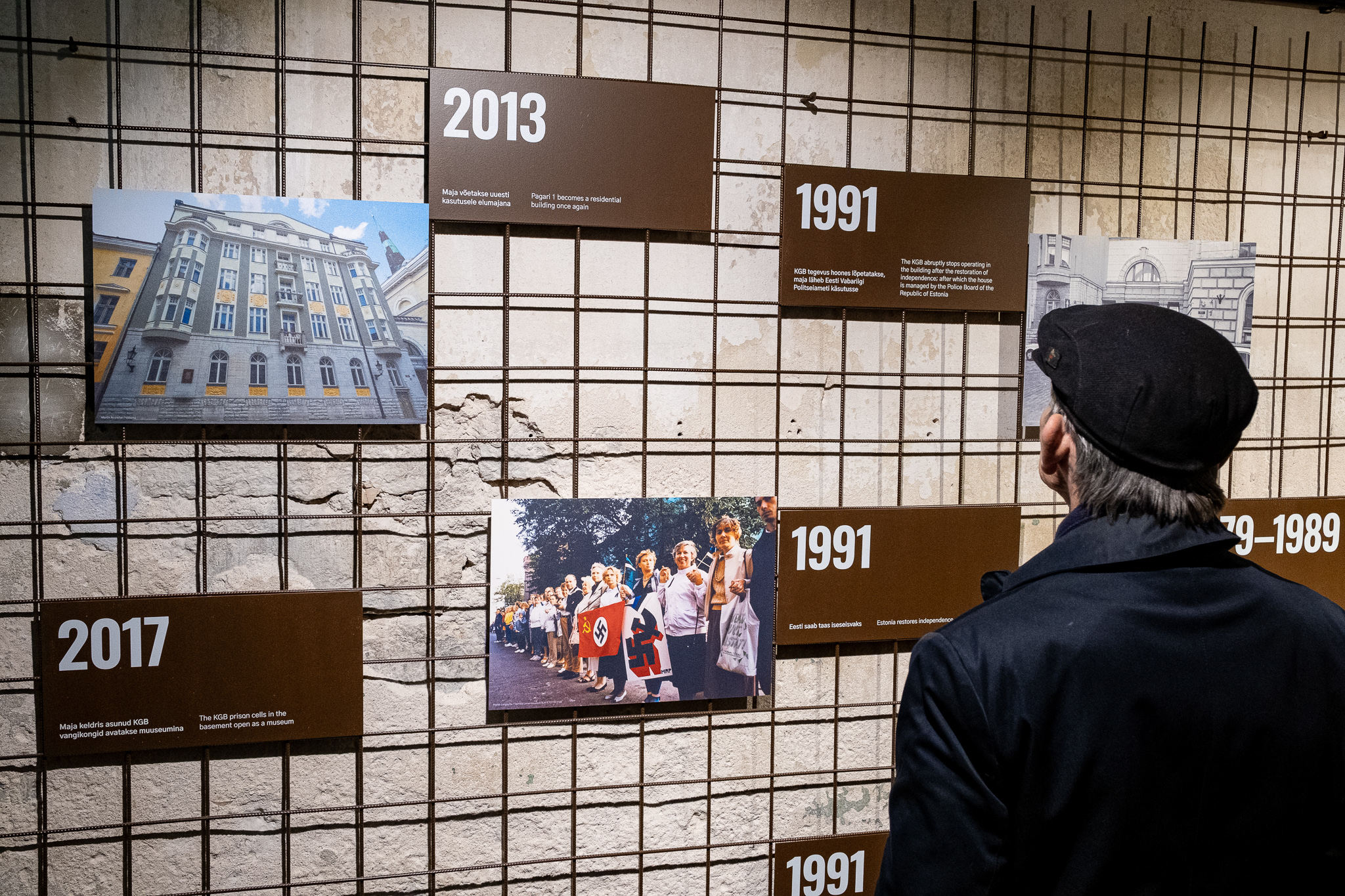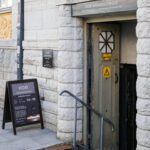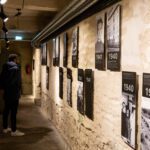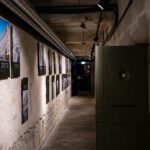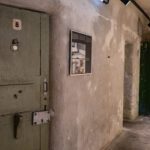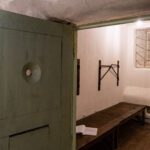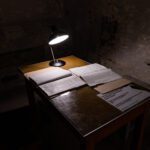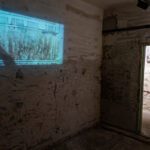A new permanent exhibition titled “Locked Up Stories: The KGB in Estonia” is open in the KGB Prison Cells.
During the half-century-long Soviet occupation, the house on Pagari Street was feared across Soviet Estonia. Originally constructed as an apartment building, it was turned into a pre-trial prison and served as the headquarters of the KGB in Estonia. This exhibition is about the cruelty of the NKVD and its successor, the KGB, and the suffering of people who were imprisoned, tortured, and murdered here. While the KGB Cells serves as a somber memorial, this exhibition honours the courage, strength, endurance, and hope of the victims who perished and survived.
The new exhibition introduces the role of the Pagari Street building as a pre-trial prison in the KGB’s network of terror that stretched across the Soviet Union, and reveals to visitors both the nature of the KGB as an organization and the means used to convict people. The exhibition also tells the stories of political prisoners held in the Pagari cells, memories of days and months spent in stuffy cells, nightly interrogations and journeys between the Pagari Street pre-trial prison and the Patarei central prison, as well as how people endured in these inhumane conditions and maintained their will to live. You can also hear about how Morse code was learned for communication between cells and how people supported each other in these horrendous circumstances.
With the creation of a new permanent exhibition, the area used for the exhibition will be expanded and a new, larger space will be opened for temporary exhibitions.
Authors:
Curator and project manager: Martin Vaino
Curator: Andreas Kalkun
Design: b210 (Karin Tõugu, Kairi Mändla, Triin Vaino)
Graphic design: Robi Jõeleht, Kaarel Nõmmik
Installation: Valge Kuup
Thank you, Aive Peil, Agnes Kaasik, Ivo Lille, Jaak Juske, Kaarel Pogga, Karen Jagodin, Krista Jõesaar, Laur Kaunissaare, Liina Koitla, Liisa Vahter, Liisi Rannast-Kask, Lisa Trei, Marko Poolamets, Mikk Kivila, Piret Karro-Arrak, Raimo Tõnissoo, Rebeka Põldsam
Ajaloomuuseum, Eesti Kirjandusmuuseum, Eesti Mälu Instituut, Eesti Rahva Muuseum, Haapsalu ja Läänemaa Muuseumid, Muinsuskaitseamet, Pärnu Muuseum, Rahvusarhiiv, Tallinna Linnaarhiiv

 Back
Back